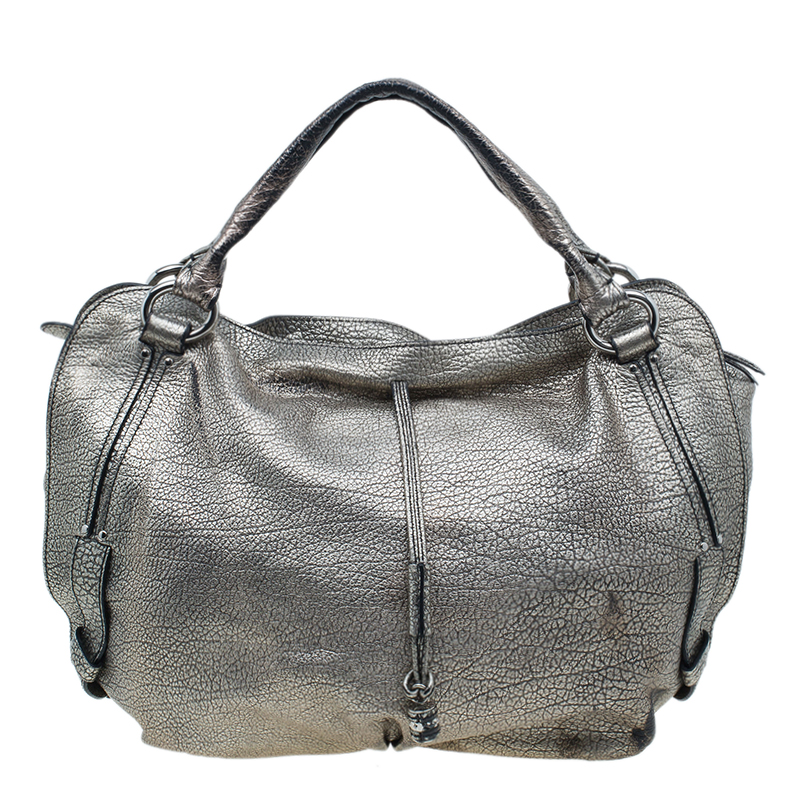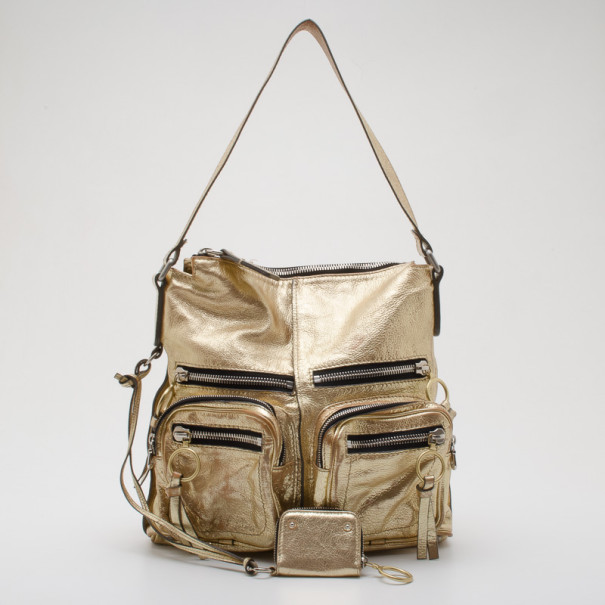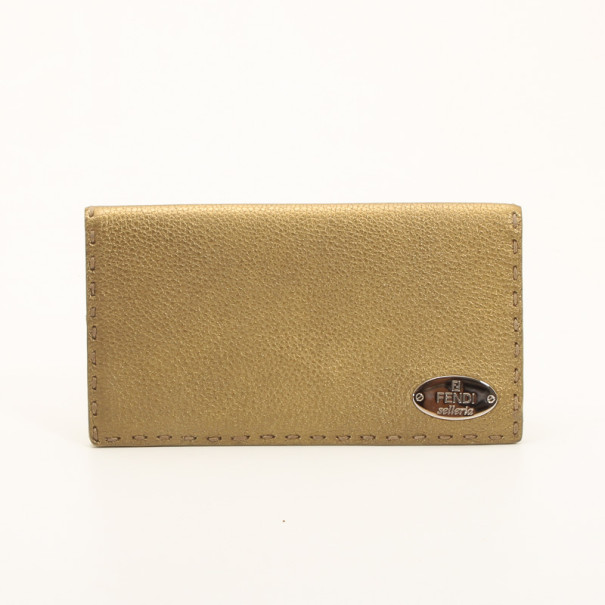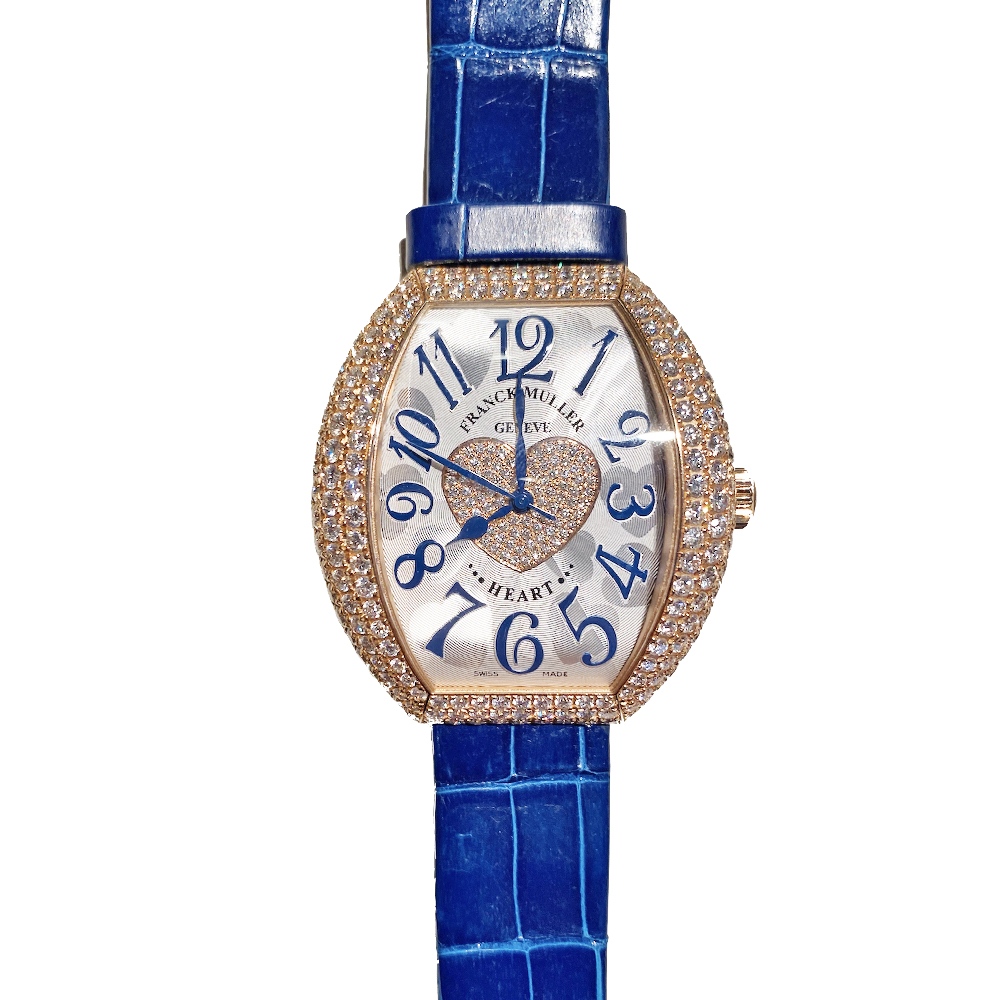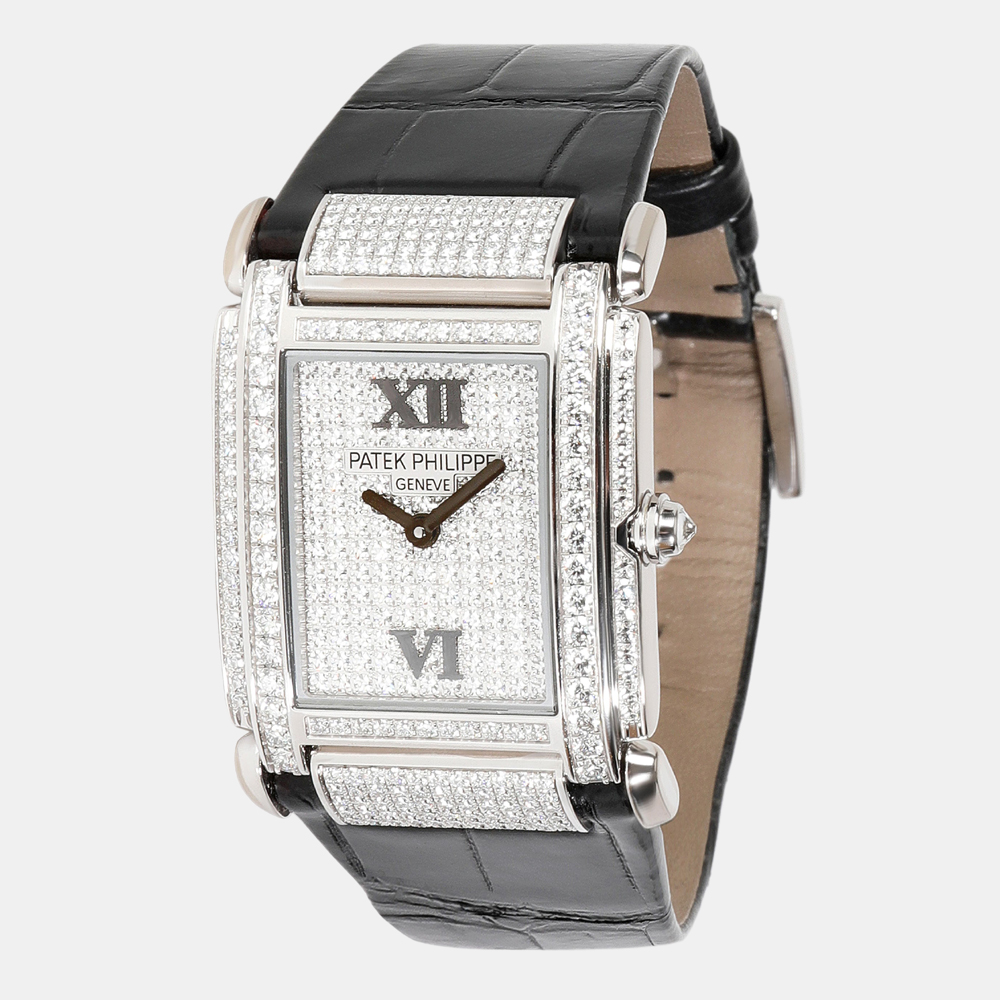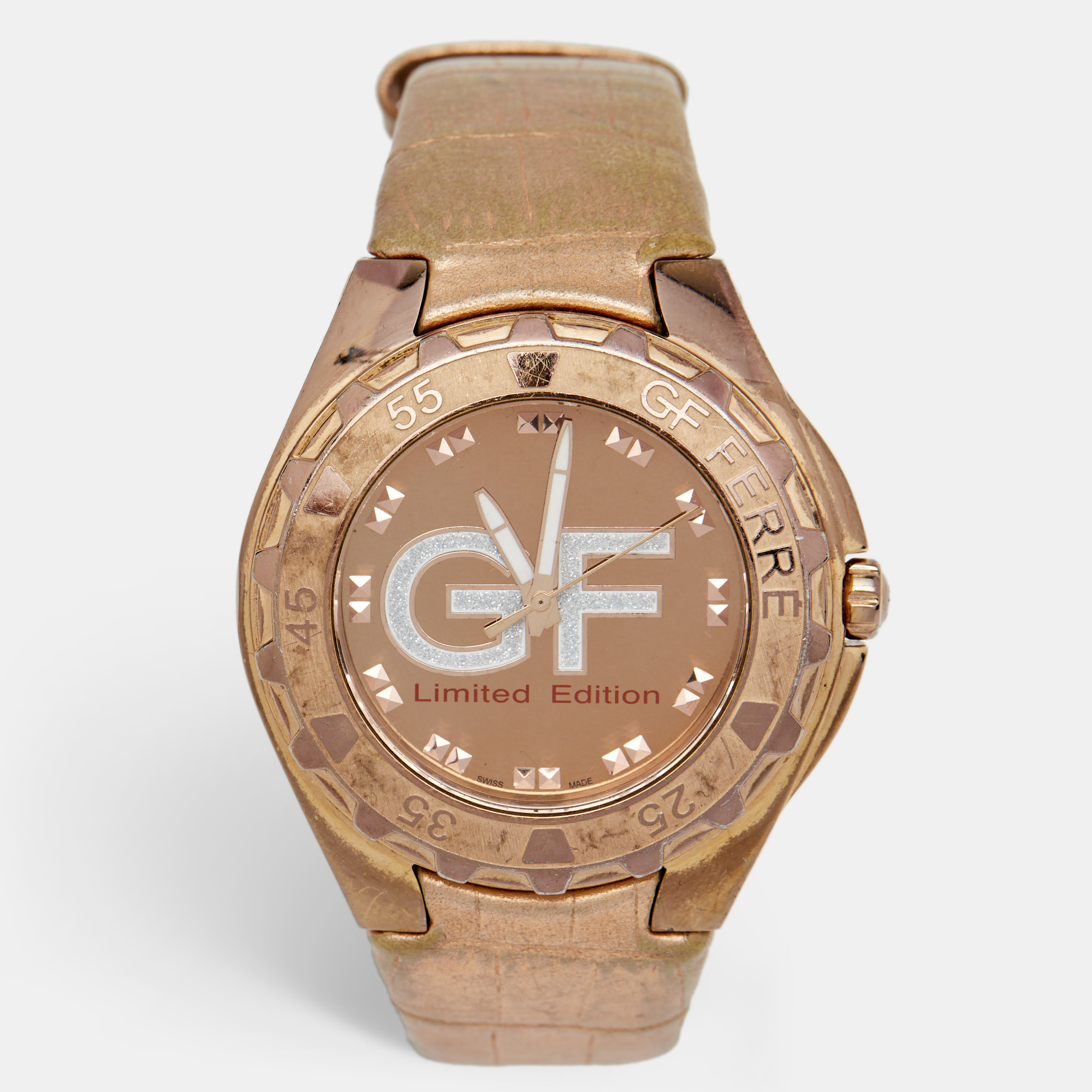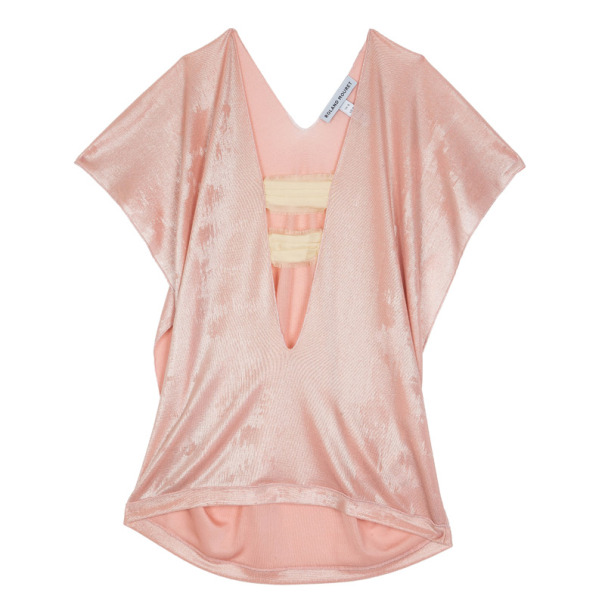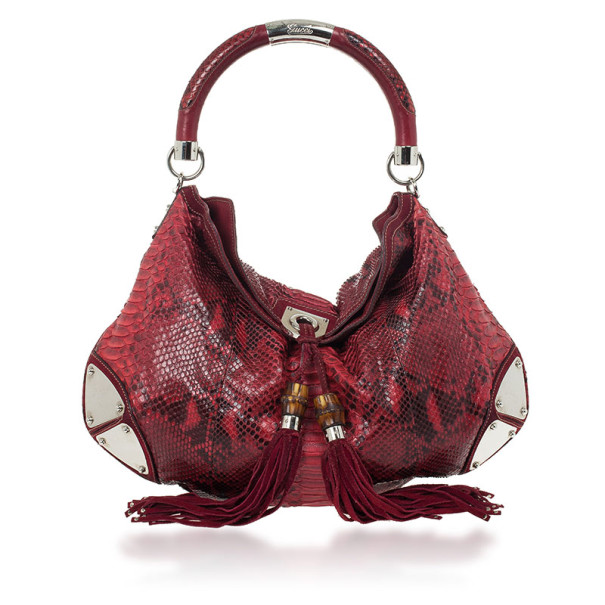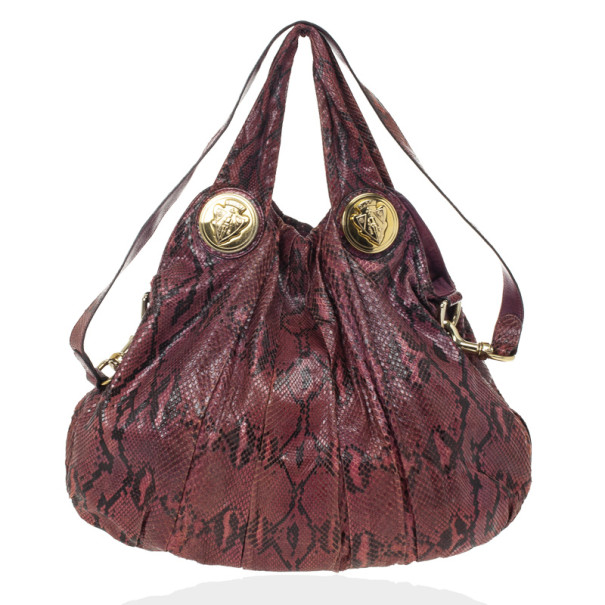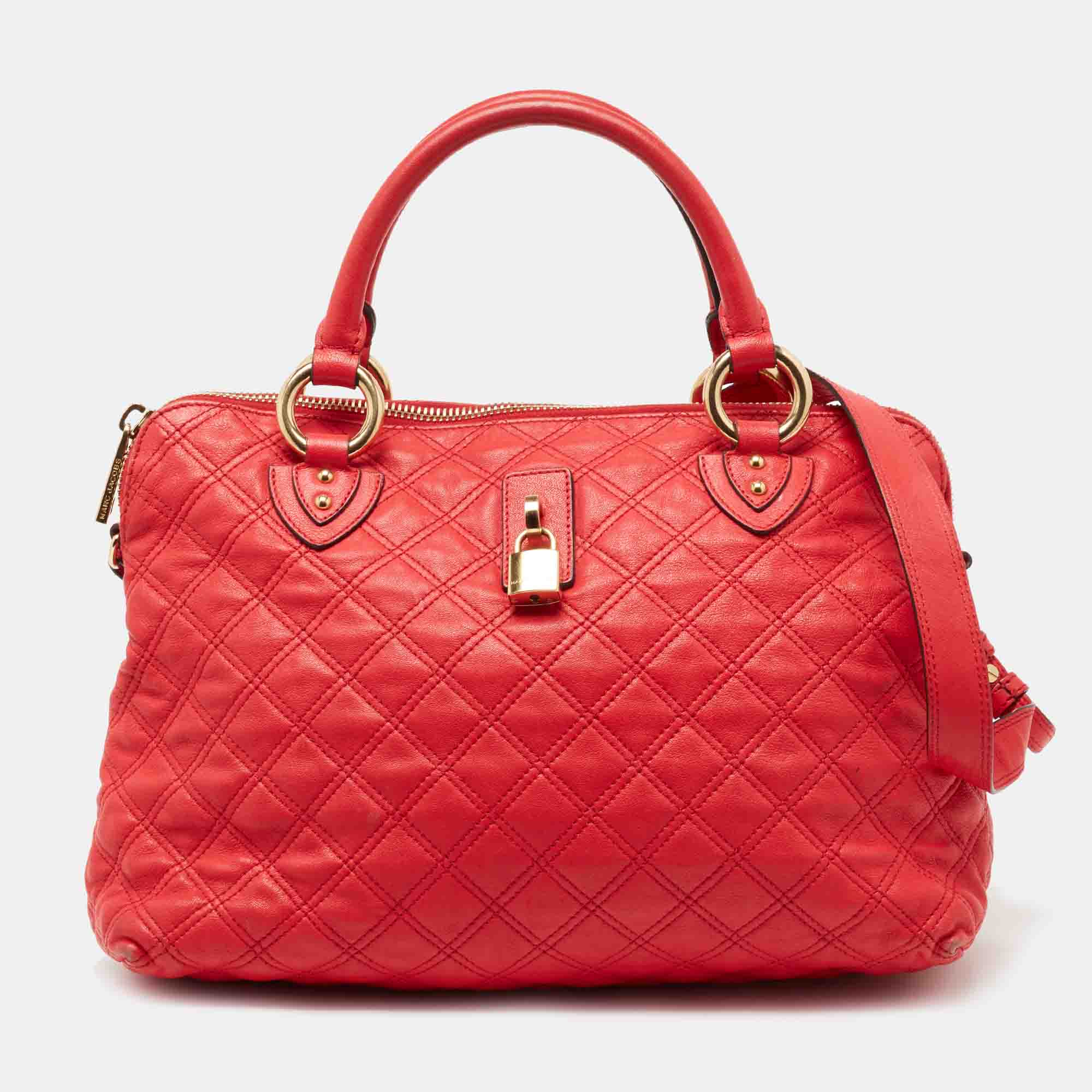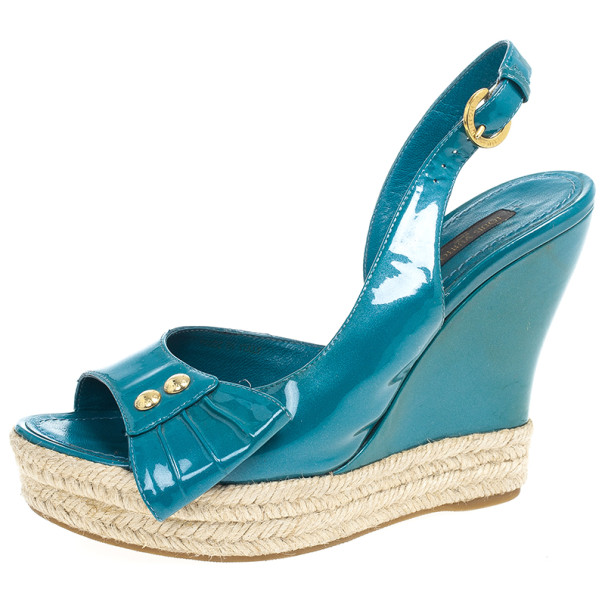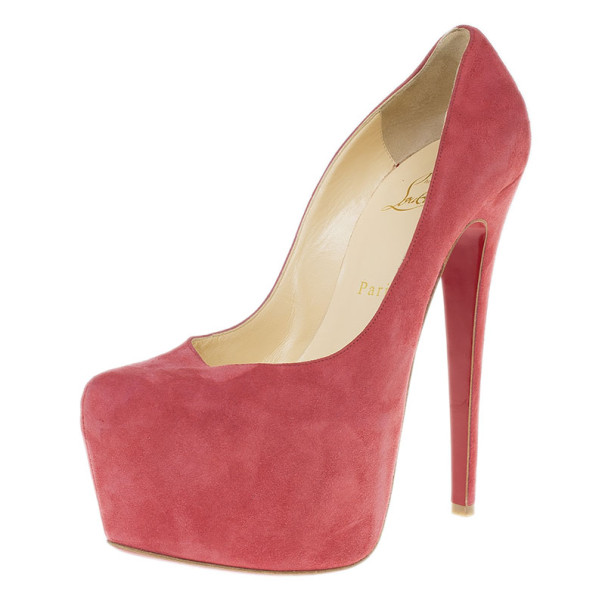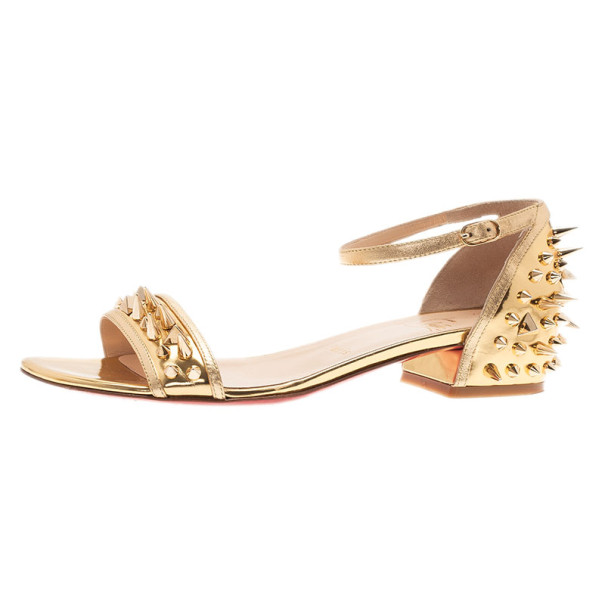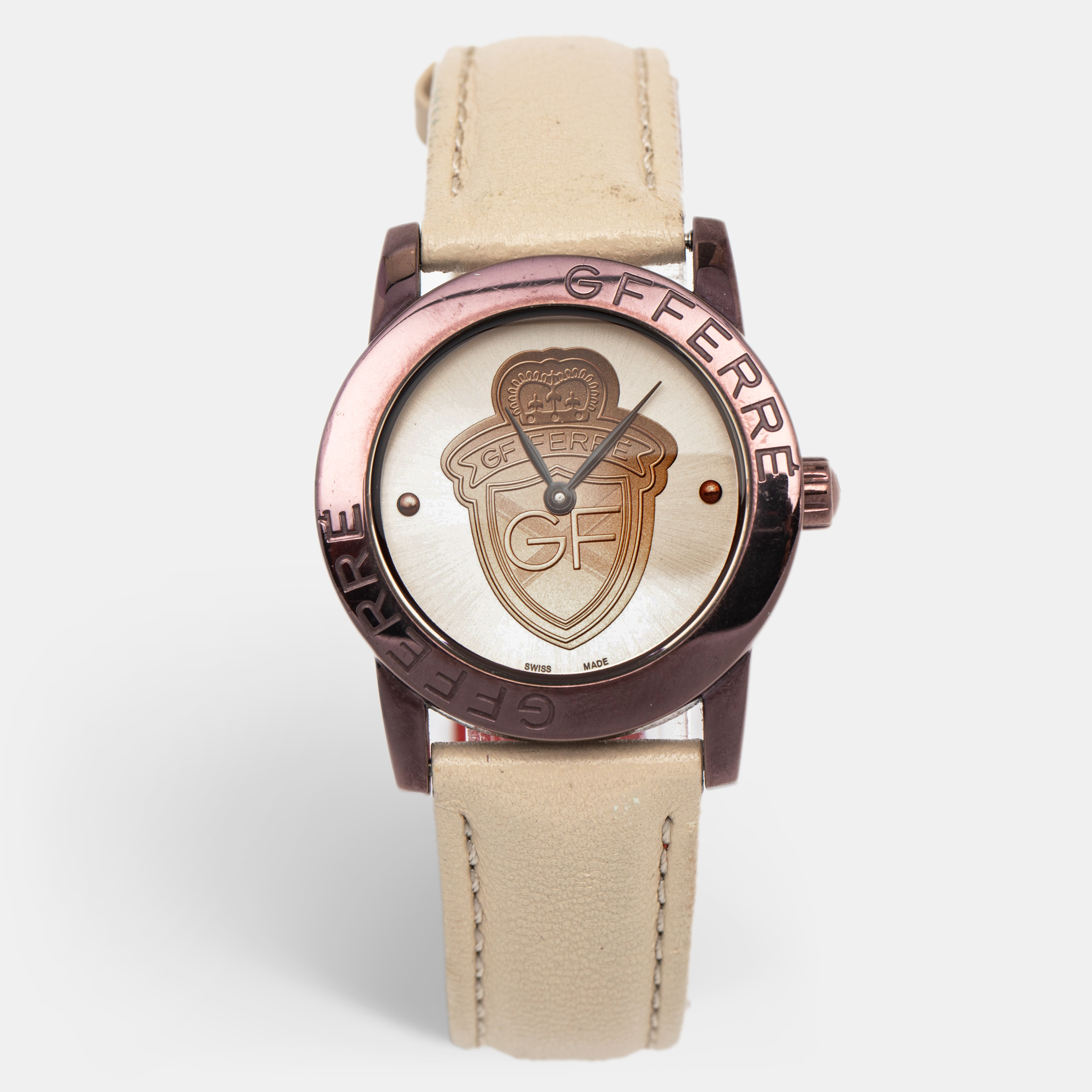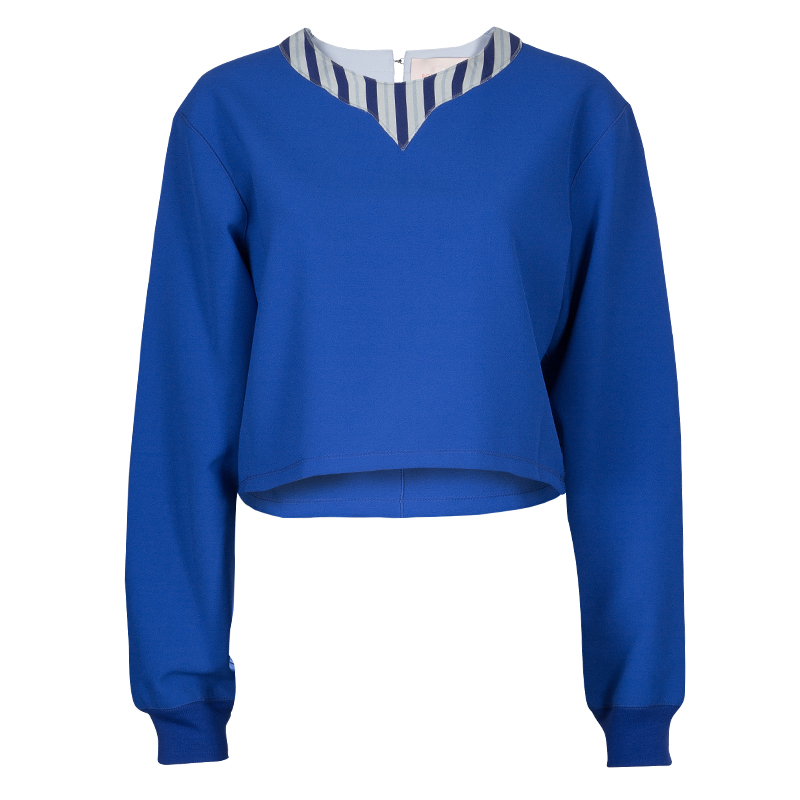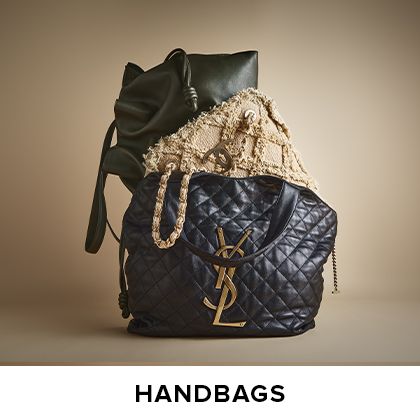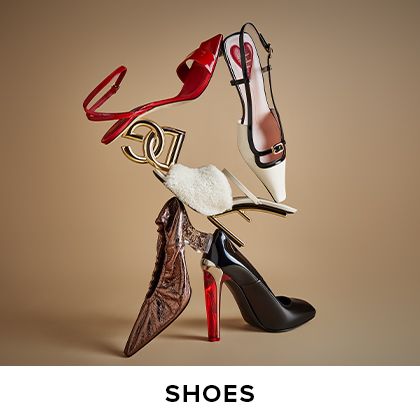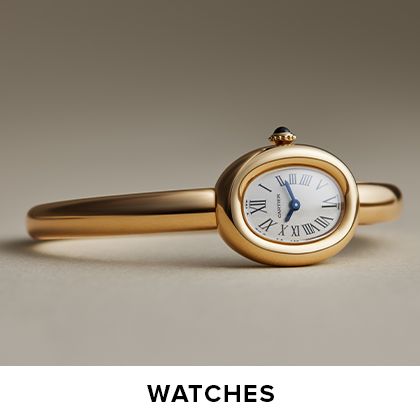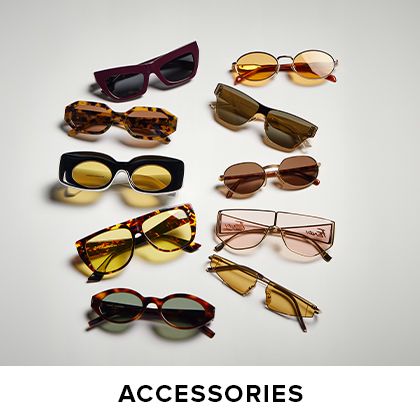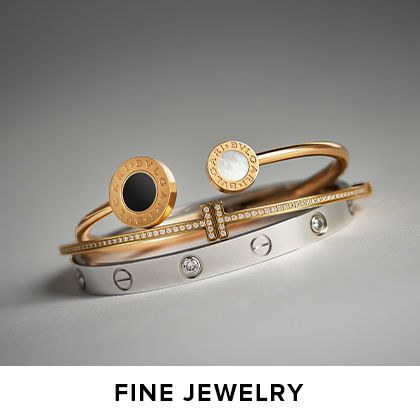The Enduring Appeal of the Classic Crossbody
In the pantheon of luxury fashion houses, few names command as much reverence and recognition as Chanel. Founded by the revolutionary Gabrielle “Coco” Chanel in 1910, the brand has transformed from a small millinery shop in Paris to one of the most influential and prestigious fashion empires in the world. At the heart of this empire lies one of its most coveted creations: the Chanel Crossbody bag, a testament to timeless elegance and practical luxury.
The Birth of a Fashion Empire
Gabrielle Chanel’s journey from an orphanage to the heights of haute couture is a testament to her indomitable spirit and revolutionary vision. Born in 1883 to humble beginnings, Coco Chanel learned to sew at the orphanage where she spent her childhood. This early foundation would later prove instrumental in her fashion career.
In 1910, Chanel opened her first shop on Paris’s Rue Cambon, selling hats to the fashionable ladies of Paris. Her designs, which favored simplicity over the ornate styles of the time, quickly gained popularity. This success enabled her to expand into clothing, where she began challenging the restrictive fashion norms of the early 20th century.
The 1920s saw Chanel introduce revolutionary concepts to women’s fashion: she liberated women from corseted silhouettes, introduced the little black dress, and pioneered the use of jersey fabric in high fashion. These innovations reflected her philosophy that luxury should be comfortable and practical, a principle that would later influence the design of her iconic bags
The Evolution of Chanel: From Fashion to Accessories
While Chanel began as a clothing house, its expansion into accessories, particularly handbags, marked a crucial turning point in the brand’s history. In February 1955, Chanel introduced what would become one of its most iconic creations: the 2.55 bag. This design would later influence countless variations, including the modern Crossbody bag.
The evolution of Chanel’s handbag line reflects broader changes in society and women’s roles. As women became more independent and active in the workforce, Chanel responded with designs that combined functionality with elegance. The Crossbody bag, in particular, embodied this philosophy, offering hands-free convenience without sacrificing style.
The Chanel Crossbody: A Modern Icon
The Chanel Crossbody bag represents the perfect fusion of the brand’s heritage and contemporary needs. Building on the foundation of the 2.55, the Crossbody incorporates several distinctive Chanel elements:
– The iconic quilted leather pattern, inspired by jockeys’ riding jackets
– The signature interlocked CC logo
– The chain strap, which can be worn cross-body or doubled up on the shoulder
– The burgundy leather lining, reminiscent of the uniform Coco wore at the orphanage
– The hidden zippered compartment under the front flap, originally designed for secret love letters
What sets the Crossbody apart is its versatility. While maintaining the elegant design codes of Chanel, it offers practical features that appeal to modern consumers. The adjustable strap length, multiple compartments, and durable construction make it suitable for both daily use and special occasions.
Market Success and Cultural Impact
The Chanel Crossbody bag has achieved remarkable commercial success, consistently ranking among the brand’s bestsellers. Its popularity has contributed significantly to Chanel’s position as one of the most valuable luxury brands globally, with annual revenues exceeding $12 billion.
Several factors have contributed to this success:
Limited Availability and Price Strategy
Chanel maintains strict control over the production and distribution of its bags, creating an aura of exclusivity. The brand regularly increases prices, enhancing the perception of value and exclusivity. In recent years, the Crossbody has seen price increases of 8-12% annually, yet demand continues to grow.
Investment Value
The Chanel Crossbody has emerged as one of the most reliable luxury investment pieces in the fashion market. Between 2010 and 2024, Chanel Classic Flap bags have seen an average annual value appreciation of 12-15%, outperforming many traditional investment vehicles. This remarkable growth is attributed to several factors:
- Scarcity Management: Chanel strictly limits production numbers, creating natural demand pressure
- Authentication Programs: The brand’s robust authentication system helps maintain resale value
- Material Appreciation: The high-quality leather and hardware show minimal wear, preserving long-term value
- Historical Price Trends: The bag has never decreased in retail price, supporting secondary market values
- Collector’s Appeal: Limited editions and rare colorways can command premiums of 200-300% over retail
- Vintage Market: Pre-1986 models with real 24k gold-plated hardware are particularly sought after
Investment platforms specializing in luxury goods report that Chanel Crossbody bags typically retain 85-95% of their original value, with many vintage pieces selling for 150-200% of their initial retail price. The most valuable specimens are those from the Karl Lagerfeld era (1983-2019), particularly limited editions and unique colorways.
Celebrity Endorsements and Popular Culture
The Chanel Crossbody bag has been prominently featured in popular culture and has garnered an impressive celebrity following. Notable personalities frequently spotted with the bag include:
– Blake Lively, who often pairs it with both casual and formal outfits
– Victoria Beckham, known for her extensive collection of Chanel bags
– Rihanna, who has been photographed with various versions of the Crossbody
– Emma Roberts, who frequently showcases the bag’s versatility in street style
– Margot Robbie, a brand ambassador who regularly carries Chanel bags
In film and television, the Chanel Crossbody has made memorable appearances in:
– “Sex and the City” (both the series and films)
– “Gossip Girl,” where it became synonymous with Upper East Side luxury
– “The Devil Wears Prada,” highlighting its status in the fashion industry
– “Confessions of a Shopaholic,” emphasizing its appeal as a coveted accessory
What Makes Chanel Stand Out
Several factors contribute to Chanel’s unique position in the luxury market:
Craftsmanship and Quality
Each Chanel Crossbody bag undergoes rigorous quality control and is handcrafted by skilled artisans. The attention to detail is evident in every aspect, from the precise stitching of the quilted pattern to the alignment of the CC logo. Each bag represents approximately 15-20 hours of handwork by skilled artisans.
Manufacturing Process:
- Initial Quality Check: Leather undergoes 12 separate quality tests before cutting
- Cutting: Each piece is hand-cut to ensure perfect grain alignment
- Stitching: Uses a proprietary double-stitch technique with waxed linen thread
- Hardware Installation: Each metal piece is individually polished and tested
- Quality Control: Bags undergo 5 stages of quality inspection
- Leather Selection: Only top 10% of supplied leather meets Chanel’s standards
- Thread Quality: Specially developed synthetic threads tested for 100,000 wear cycles
- Interior Fabric: Genuine calfskin leather or grosgrain silk, depending on model
- Protective Coating: Proprietary formula for scratch and water resistance
Each artisan specializes in specific aspects of production and undergoes 3-5 years of training before working on Chanel bags. The company maintains strict quality control centers in Paris, Italy, and Spain, where each bag must pass over 100 individual quality checks before receiving approval for sale.
Heritage and Innovation
While respecting its heritage, Chanel continues to innovate. The Crossbody bag has seen numerous iterations, including:
– Special editions featuring unique materials and colorways
– Seasonal variations that incorporate current trends while maintaining classic elements
– Size variations to accommodate different needs and preferences
– Technological improvements in materials and construction methods
Brand Identity
Chanel has maintained a consistent brand identity centered on elegance, sophistication, and timeless style. The Crossbody bag embodies these values while remaining relevant to contemporary fashion. Core identity elements used by Chanel include:
- Visual Signatures:
- The interlocked CC logo represents both Coco Chanel’s initials and the brand’s eternal connection to its founder
- The monochromatic palette emphasizes timeless elegance
- Quilted pattern symbolizes both luxury and durability
- Chain straps represent the brand’s connection to jewelry
- Brand Values:
- Timeless Modernity: Combining classic design with contemporary relevance
- Exclusive Accessibility: Creating desire while maintaining prestige
- Artistic Heritage: Continuing Coco’s legacy of revolutionary design
- French Savoir-Faire: Embodying French luxury craftsmanship
Current Trends and Future Outlook
The Chanel Crossbody continues to evolve while maintaining its core design elements. Recent trends include:
Sustainability Initiatives
Chanel has significantly expanded its commitment to sustainability through its “Chanel Mission 1.5°” program. This program includes evolution in:
Material Innovation:
- Bio-based Leather Alternatives: Development of mushroom-based leather substitutes
- Recycled Materials: Integration of recycled metals in hardware production
- Sustainable Packaging: 100% recycled and recyclable packaging materials
- Raw Material Traceability: Blockchain-based tracking system for all materials
Manufacturing Practices:
- Carbon Reduction: 50% reduction in manufacturing emissions by 2030 target
- Water Conservation: Closed-loop water systems in leather tanning
- Waste Management: Zero-waste initiative in cutting and assembly
- Energy Usage: Solar power integration in European facilities
Supply Chain:
- Local Sourcing: 80% of materials sourced within 200km of manufacturing
- Supplier Certification: Environmental standards for all suppliers
- Transport Optimization: Reduced air freight, increased rail transport
- End-of-Life Programs: Repair services and material recycling initiatives
Digital Integration
Chanel’s approach to digital transformation balances tradition with innovation.
Technology Integration:
- Virtual Try-On: AR technology for bag visualization
- Digital Authentication: NFC chips embedded in new bags
- Blockchain Registry: Digital certificates of authenticity
- Smart Inventory: AI-powered stock management system
Mobile App Features:
- Virtual consultations with sales associates
- Product customization tools
- Maintenance scheduling
- Authentication verification
- Service history tracking
Online Presence:
- Selective E-commerce: Limited online availability to maintain exclusivity
- Digital Storytelling: Immersive brand history and craftsmanship content
- Virtual Events: Interactive digital fashion shows and product launches
Conclusion
The Chanel Crossbody bag represents more than just a luxury accessory; it embodies the evolution of a brand that has consistently defined and redefined luxury fashion. From its origins in Coco Chanel’s revolutionary vision to its current status as a global icon, the bag demonstrates how classic design, quality craftsmanship, and adaptability can create enduring value.
As fashion continues to evolve, the Chanel Crossbody remains a benchmark for luxury accessories, bridging the gap between heritage and modernity. Its success story illustrates the power of maintaining brand identity while adapting to changing consumer needs and preferences.
In an era of fast fashion and rapidly changing trends, the Chanel Crossbody’s sustained popularity and influence serve as a reminder that true luxury is timeless. As the fashion industry faces new challenges and opportunities, Chanel’s commitment to excellence, innovation, and heritage ensures that the Crossbody bag will remain a coveted symbol of luxury for generations to come.

